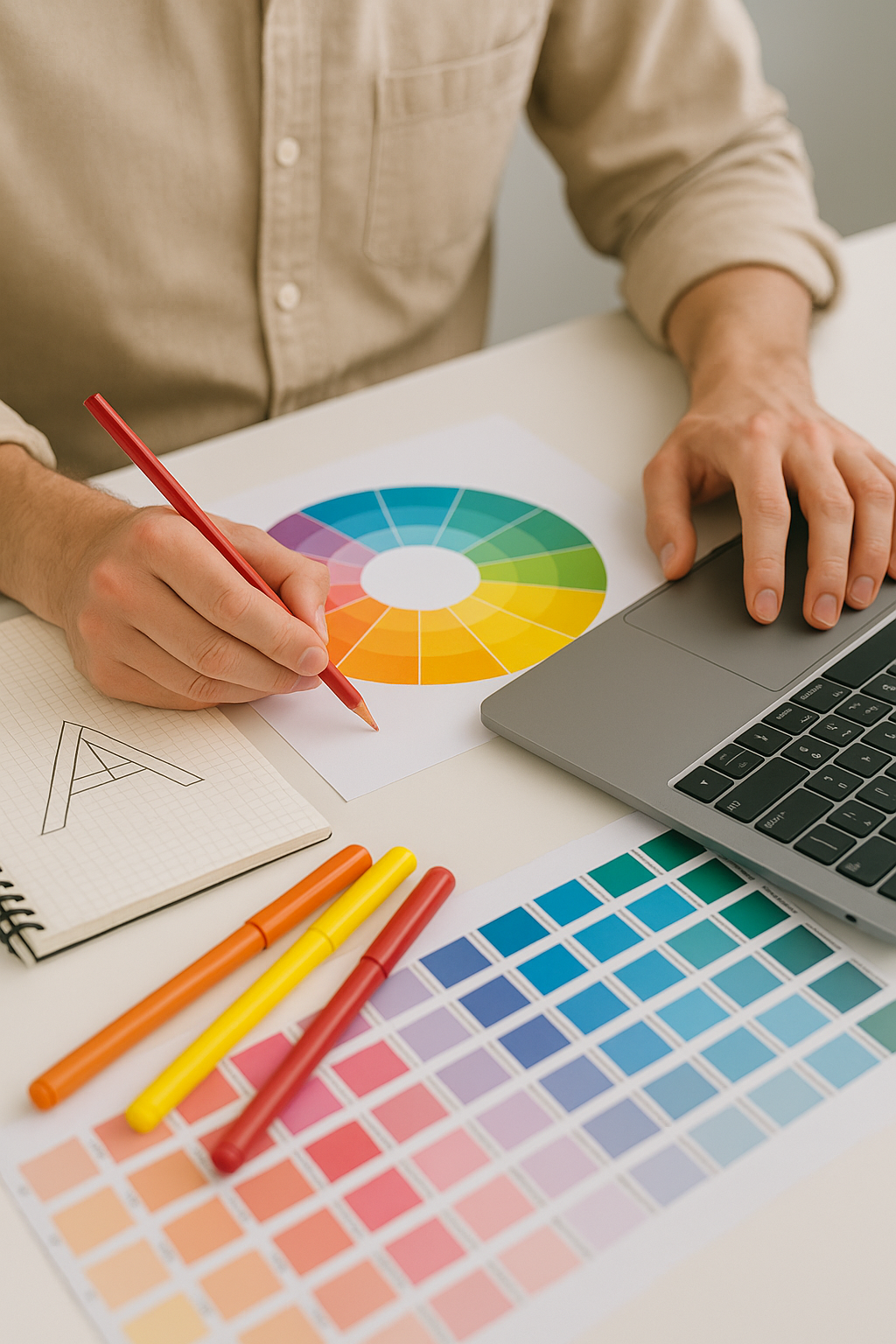Graphic design is primarily visual and when it comes to discussing or presenting a project, there are key design terms that are used to communicate a design. Terminology exists in the creative fields so designers can communicate clearly and succinctly without ambiguity. Whether you're a new or seasoned designer, understanding these phrases is essential for effective communication and collaboration in the design business. In this blog we will go through the fundamentals of graphic design vocabulary in order to improve your design expertise and elevate your creative work.
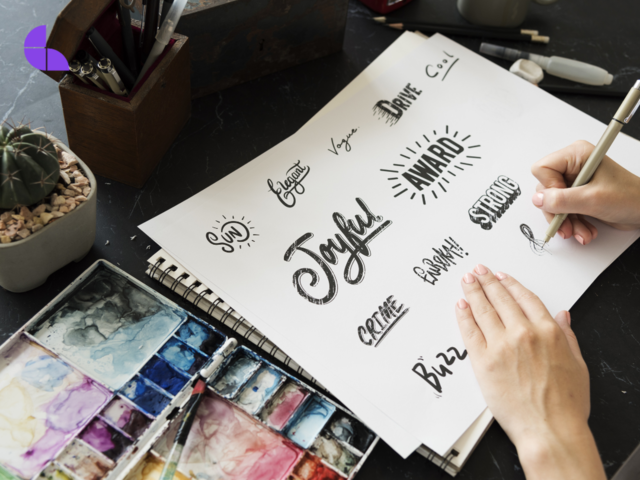
Typography Terms:
Serif versus Sans Serif
Serif fonts have little decorative strokes or feet at the ends of letters, these are known as serifs. The word “sans” is Latin for “without” so a sans-serif font has no flourish and is a clean, minimalistic style font.
Kerning versus Tracking
Kerning is the process of modifying the spacing between individual characters or pairs of characters.Tracking is the process of tightening or creating space between a block of characters.
Leading / Line Height
Leading, also known as line height, is the vertical space on which a line of text is placed. It is basically the height of each individual line.
Font
This is a set of type that will be designed in a specific style and size. There are numerous fonts available free of charge and many designers will create new fonts for branding or countless other uses. Times Roman, Helvetica and Arial are examples of fonts.
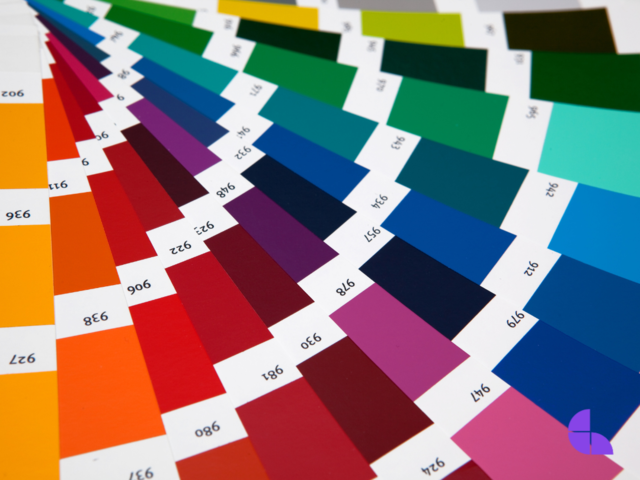
Colour Theory Terminology:
Hue, Saturation, and Value
Hue is the colour itself, saturation is the intensity or purity of the colour, and value is the lightness or darkness of a colour.
RGB and CMYK
The RGB (Red, Green, Blue) colour model is used for digital design, whereas the CMYK (Cyan, Magenta, Yellow, Black) colour model is used for printing.
Pantone and Spot colours
Pantone is a colour matching system that is widely used in the printing industry to assure consistent colour reproduction. Spot colours are pre-mixed ink colours that are used in printing.
Colour Wheel and Colour Harmony
The colour wheel depicts the colour spectrum and its interactions. The combination of colours in a design, such as complimentary, analogous, or triadic colour schemes, is referred to as colour harmony. The colour wheel is a tool used in many design industries.
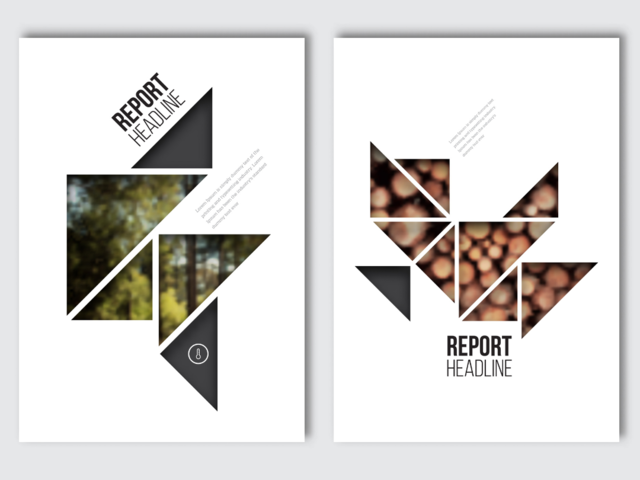
Layout and Composition Terms:
Grid Systems
Grid systems serve as a framework for arranging content in a design while also ensuring alignment and consistency. A designer will apply a grid to their page/canvas and align all the elements on specific areas. This is a technique used when creating a design style guide.
White Space and Negative Space
White space, also known as negative space, is the area within a design that is empty or unmarked. It can be used in abundance or it can be filled, depending on the design style. White space should be a deliberate choice that works with the style of the design and should help create balance and readability.
Balance and Symmetry
Balance is where all the elements work in visual harmony. This is achieved by distributing elements around the design in a way that is pleasing or interesting to the eye. Symmetry is the placing of elements in a mirror-like format to create equilibrium between pieces. Symmetry is generally balanced but balance is not always symmetrical.
Alignment and Proximity
Alignment ensures that the elements of a design are lined or positioned in an orderly manner. Proximity refers to the relationship between elements and how they are positioned with regards to the distance between each other.
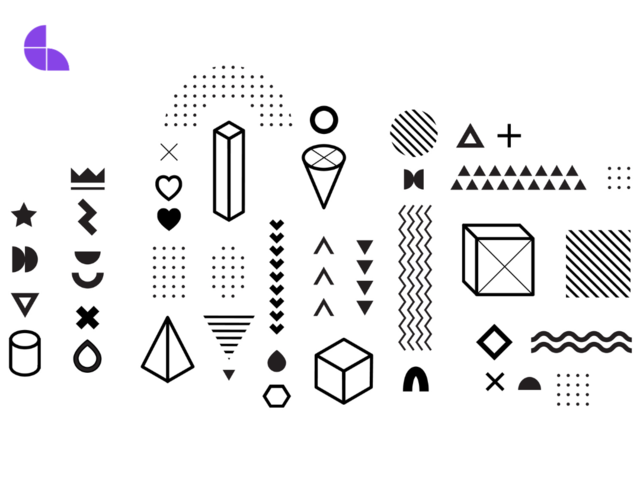
Design Elements and Principles:
Contrast and Emphasis
Contrast is a term used when a colour scheme is created using colours on opposing sides of the colour wheel. In graphic design it also refers to distinctions in size, shape, or texture. Emphasis is where a designer directs the viewer's attention to a specific element or area of a design.
Scale and Proportion
Scale refers to the size of elements in relation to one another or the size of the overall design, whilst proportion refers to the size of an element in relation to the “canvas” or space that the entire design occupies.
Pattern and Repetition
Pattern is the use of recurrent visual components to create consistency and reinforce a design concept. A pattern is a recurring decorative element. Repetition can be multiple uses of the same pattern or it can be a repeated colour, text or any other element that is used more than once.
Unity
Cohesion in a design and the harmony created by balancing all the elements is known as unity.
The Gestalt Principles
Gestalt principles describe how humans perceive and group visual items based on their familiarity and similarity to an object. In the 1930s Gestalt psychologists explored how human perception will fill in the gaps and create a visual path. It is how the eye interprets an image or object and how a complex design can be reduced to a simple shape or image.
Hierarchy
All elements of a design have a particular level of importance. A designer will incorporate a visual hierarchy in order to ascertain the visual value of each part of a design. This is the process by which a designer can emphasise chosen elements of the message and guide the viewer's eye.
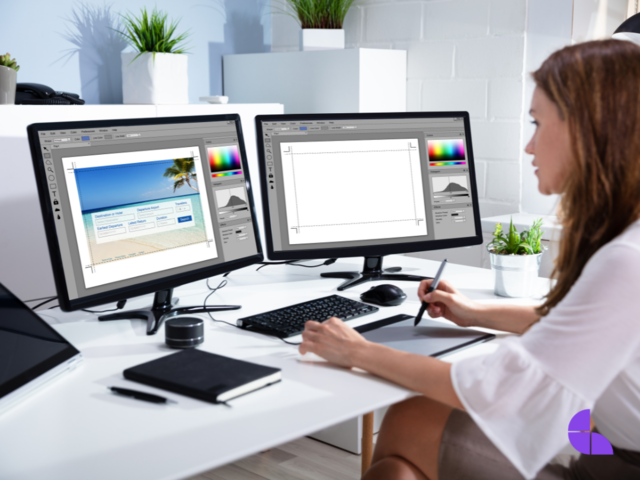
Digital Design Terminology:
DPI (dots per inch) and resolution
Resolution refers to the amount of pixels in a picture or display, whereas DPI (dots per inch) impacts print quality and sharpness.
Pixel and vector graphics
Pixel graphics are made up of individual coloured pixels and are resolution-dependent, whereas vector graphics are built up of mathematical equations and are scalable and resolution-independent.
Raster and Bitmap Images
Raster images are composed of a grid of pixels and are widely used for photography, but bitmap images employ binary data to represent images and are commonly used in black and white line art or logos.
User Interface (UI) User Experience (UX) and Responsive Design
Responsive design guarantees that websites and applications adjust to multiple screen sizes and devices. The goal of UI design is to create intuitive and user-friendly interfaces for digital products. UX design often involves collaborating with a developer to make app or web navigation an enjoyable and readable experience for the user.
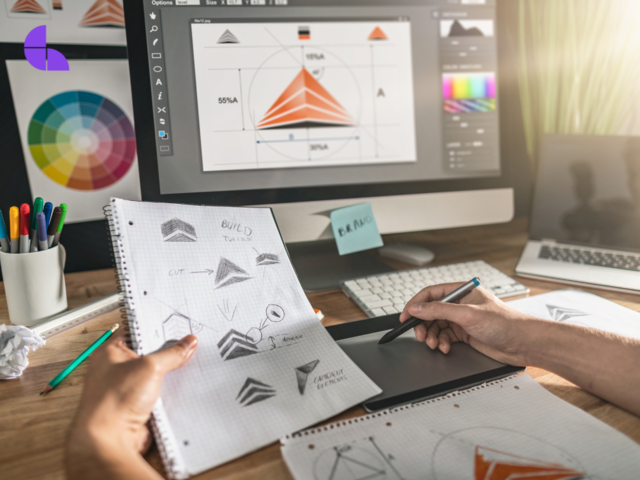
Branding and Identity Terms:
Logo and Wordmark
A logo is a visual symbol that represents a brand, whereas a wordmark is a typographic representation of the brand name.
Brand Guidelines
A set of rules and standards that outline how a brand's visual features should be used consistently across a variety of applications are known as brand guidelines.
Tagline and Slogan
A tagline is a short and snappy statement that encapsulates the essence of a brand, whereas a slogan is a memorable phrase linked with a specific marketing campaign or promotion.
Brand Identity and Brand Assets
A brand's identity includes its entire look, feel, and how it is perceived. It is the ethos and personality of a brand and should permeate all areas of communication. Brand assets are visual elements that make up everything associated with a brand, such as logos, colours, typography, and images.

Illustration and Image Editing Terms:
Layers and Masks
Layers in graphic design software allow designers to edit a design in stages without damaging any original elements. It involves the arrangement and manipulation of various elements as well as the addition of new layers/elements. Masks are used to select particular areas of a design and either expose or hide portions of the image or layer.
Silhouette and Clipping Path
A silhouette is the outline or contour of an item filled with solid colour, whereas a clipping path is a vector-based outline used to isolate an object from its background.
Tracing and Vectorization
Vectorization is the process of transforming raster images into scalable vector graphics, whereas tracing is the process of constructing vector routes based on an existing image or artwork.

Print Design Terminology:
Bleed and Trim
Bleed refers to the area or margin around a design where ink may “bleed” without impinging on the design. A design is then trimmed beyond a designated trim area to guarantee there are no white margins after trimming. Trim denotes the printed piece's final size.
Print Resolution
Higher resolutions (usually 300 DPI) are required for print design to ensure crisp and clear output.
Die Cutting and Embossing
Die cutting is the process of cutting a specific form into paper or other materials, whereas embossing produces a relief impression that is raised from the surface.
Binding and Finishing
Binding is the technique of putting pages in a printed item together, such as stapling, stitching, or glueing. Finishing refers to any further treatments applied to the completed product, such as laminating or varnishing. The finishing touches are the final steps to completing a design.

Mastering Graphic Design Vocabulary
In the design industry, understanding graphic design vocabulary is critical for good communication and collaboration. Becoming acquainted with these important phrases will give you a firm basis from which to improve your design knowledge and boost your creative work. Continue to be curious, investigate further, and consider taking graphic design classes to broaden your talents and continue your design adventure.
Are you willing to delve deeper into the field of graphic design? Join our Graphic Design Academy to improve your creative abilities.

